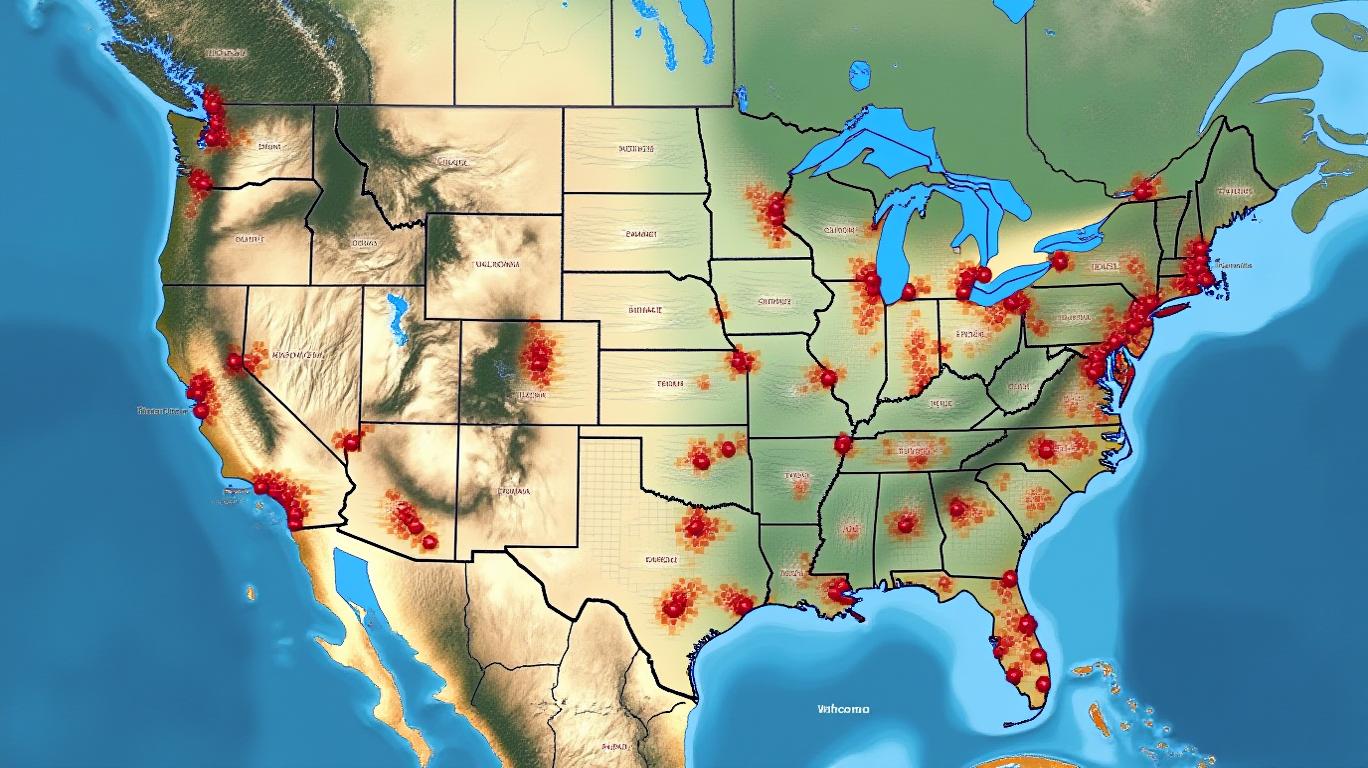Tennant Company’s Q1 2025 Results: Navigating Backlog Normalization and Autonomous Growth
Tennant Company (NYSE: TTC), a global leader in cleaning equipment and automation solutions, is set to release its first-quarter 2025 earnings on April 30, 2025. The report will shed light on how the company is managing its transition from backlog-driven growth to organic sales execution, while balancing risks in key markets and investing in strategic initiatives like autonomous mobile robots (AMR). Investors should focus on three critical factors: the performance of its AMR line, the lingering challenges in the Asia-Pacific (APAC) region, and the execution of its $50 million ERP modernization project.
Q4 2024: A Baseline of Resilience and Ambition
In its fourth-quarter 2024 results, Tennant demonstrated resilience amid macroeconomic headwinds. Net sales rose 5.6% year-over-year to $328.9 million, driven by strong performance in the Americas and EMEA regions. The Americas region’s 10% organic sales growth—a record $75 million in AMR sales—highlighted the success of its robotic solutions, particularly in retail and logistics sectors. Meanwhile, EMEA’s 4% growth, bolstered by the 2023 TCS acquisition, underscored Tennant’s geographic diversification.
However, the APAC region’s 19% organic sales decline—a result of overproduction in China and weak demand in Australia—remains a concern. This weakness, combined with a $125 million backlog reduction in 2024, has led to cautious 2025 guidance. Management projects a 1%–4% organic sales decline in 2.025, with foreign exchange headwinds and seasonal factors further dampening expectations.
Q1 2025: The AMR Pivot and Margins Under Pressure
The first quarter traditionally sees lower sales for Tennant, as the company exits the post-holiday backlog and faces seasonal demand slowdowns. Investors should look for signs of incoming order strength, which grew 6.4% in 2024, now directly impacting revenue. The absence of backlog-driven sales could test Tennant’s ability to sustain pricing discipline and cost-saving measures.

The launch of the X6 Rover in Q2 2025, targeting high-margin sectors like healthcare and logistics, will be pivotal. Management aims to exceed $100 million in annual AMR sales by 2027, but Q1 results will hint at customer adoption rates. Additionally, the 2024 restructuring program—which delivered $10 million in annualized savings—is expected to further improve adjusted EBITDA margins by 50–100 basis points in 2025.
Risks and Catalysts to Watch
- APAC Recovery: With APAC sales down 19% in 2024, Tennant’s pivot to smaller markets like Southeast Asia and India will be critical. Management noted plans to “rebalance focus” to more stable regions, but near-term results may remain volatile.
- ERP Modernization Costs: The $50 million ERP rollout in 2025 could pressure margins in the short term. The phased implementation aims to minimize disruption, but delays or overruns could strain cash flow.
- Legal Contingencies: The $14.5 million intellectual property lawsuit judgment (appealed in Q4 2024) remains unresolved. While a one-time hit, it underscores the risks of litigation in competitive markets.
Valuation and Investment Thesis
Tennant’s valuation hinges on its ability to execute its AMR strategy and stabilize APAC performance. At current levels, the stock trades at ~10x 2025E adjusted EPS, offering a valuation discount compared to peers like Nilfisk (NLSK) or Ecolab (ECL). However, investors must weigh this against near-term headwinds:
The long-term opportunity lies in AMR adoption, which could offset secular declines in traditional cleaning equipment. With $75 million in annual AMR sales already achieved and the X6 Rover’s launch, Tennant is positioning itself as a leader in automation—a $2.5 billion market by 2030, per industry estimates.
Conclusion: A Balancing Act Between Growth and Prudence
Tennant’s Q1 results will test its dual mandate: managing near-term challenges while capitalizing on its AMR-led innovation. Key metrics to watch include:
- APAC sales performance: Any stabilization or rebound could alleviate investor concerns.
- Adjusted EBITDA margin expansion: A 50–100 basis-point improvement would validate cost discipline.
- Incoming order trends: Strong Q1 order growth would signal demand resilience post-backlog.
While the 2025 guidance reflects realism about current market dynamics, the company’s strategic focus on robotics and operational efficiency positions it for long-term growth. If Tennant can navigate these headwinds—and the X6 Rover gains traction—the $100 million AMR target could be within reach, justifying a multiyear investment horizon. For now, the April 30 report will serve as a critical checkpoint for bulls and bears alike.

_b905d9341749265671656.jpg)








